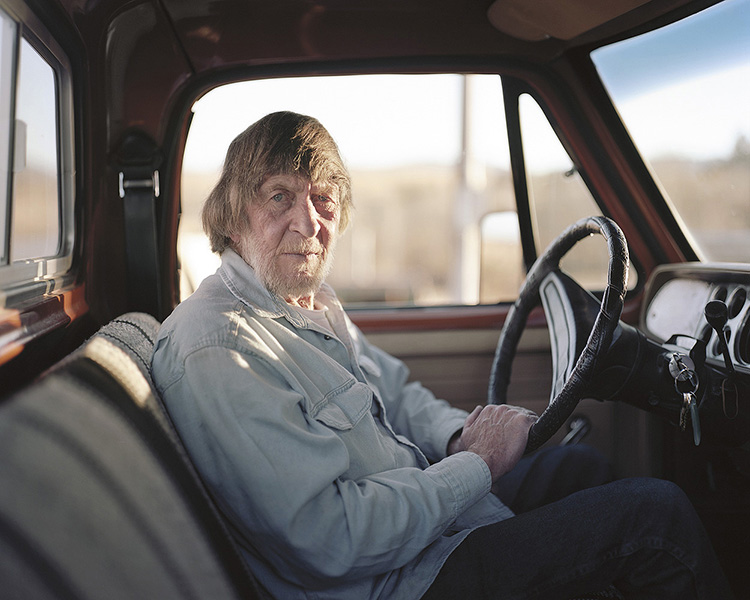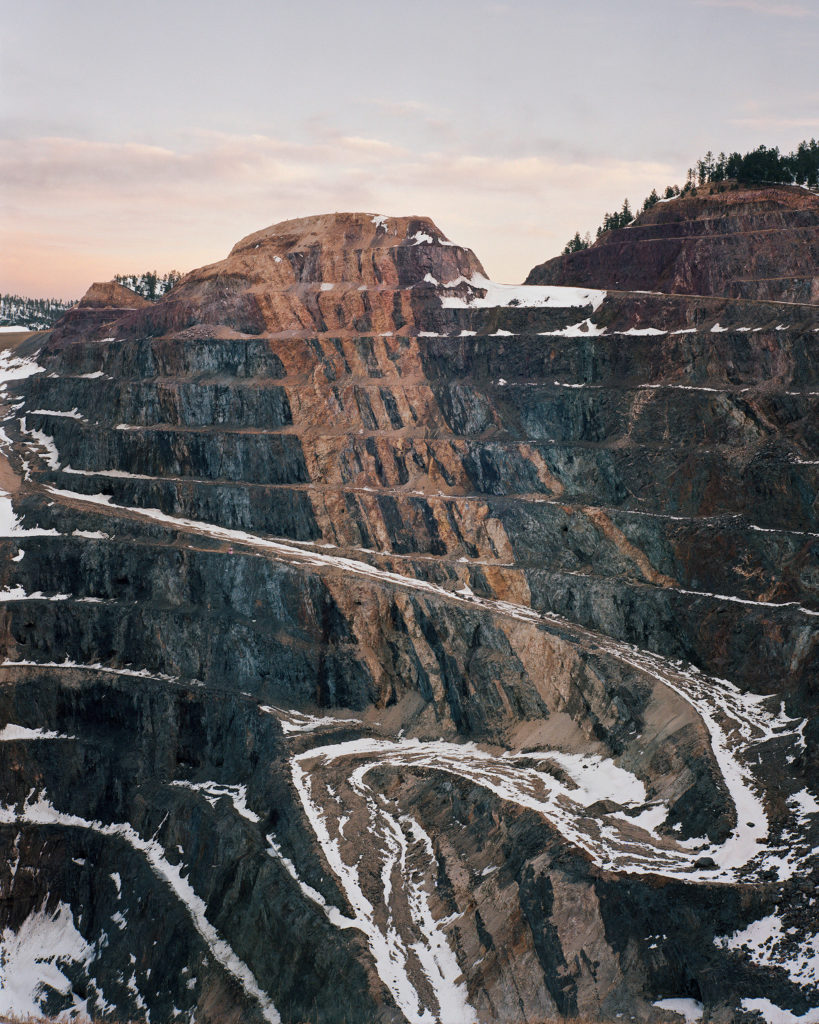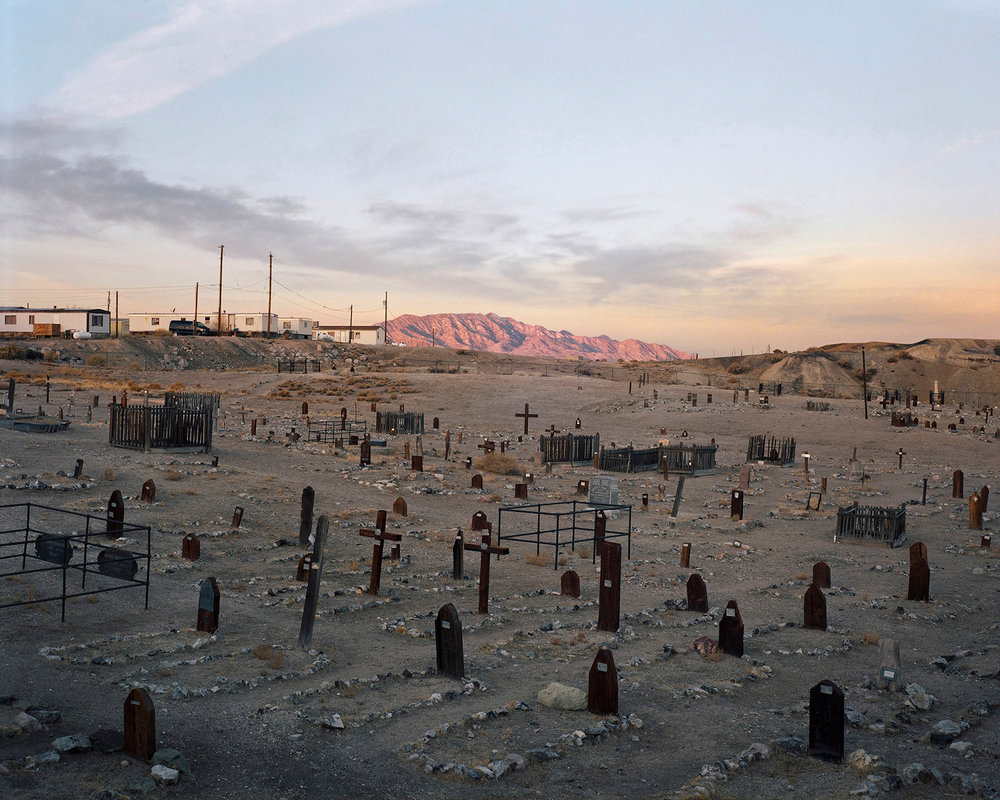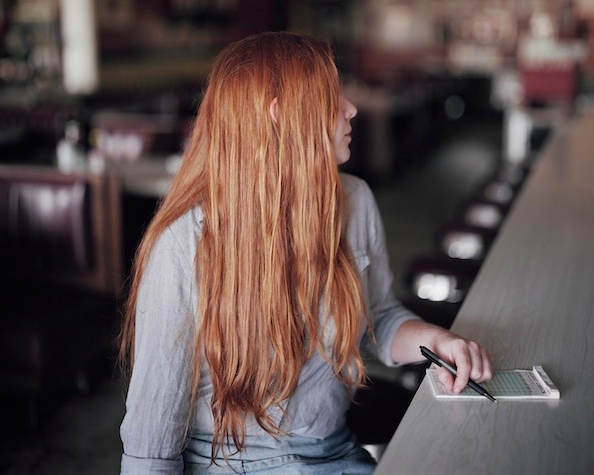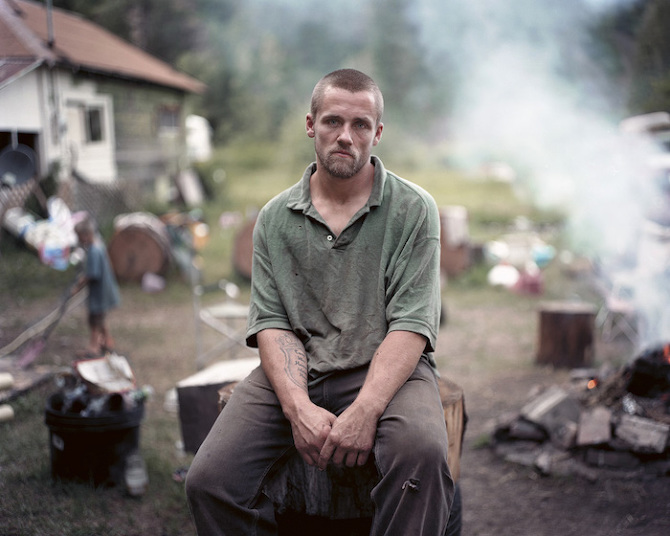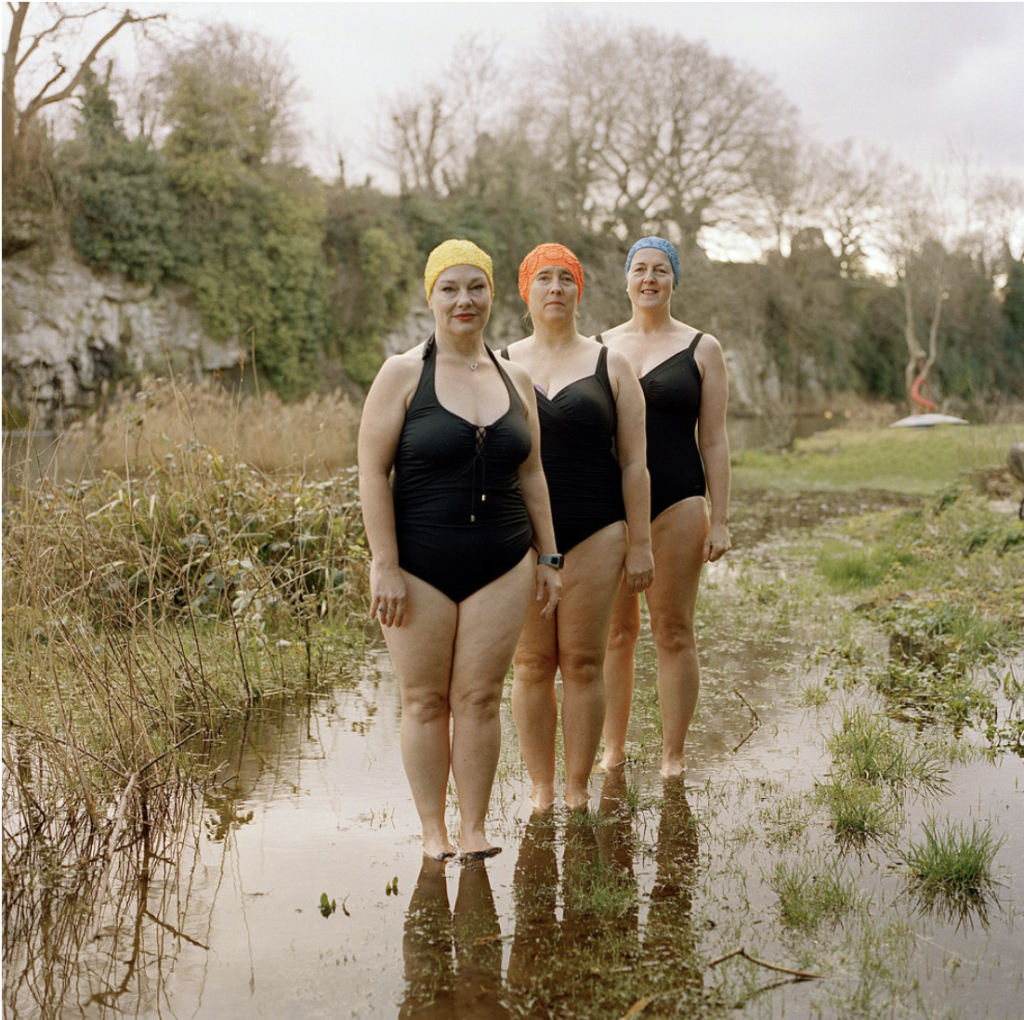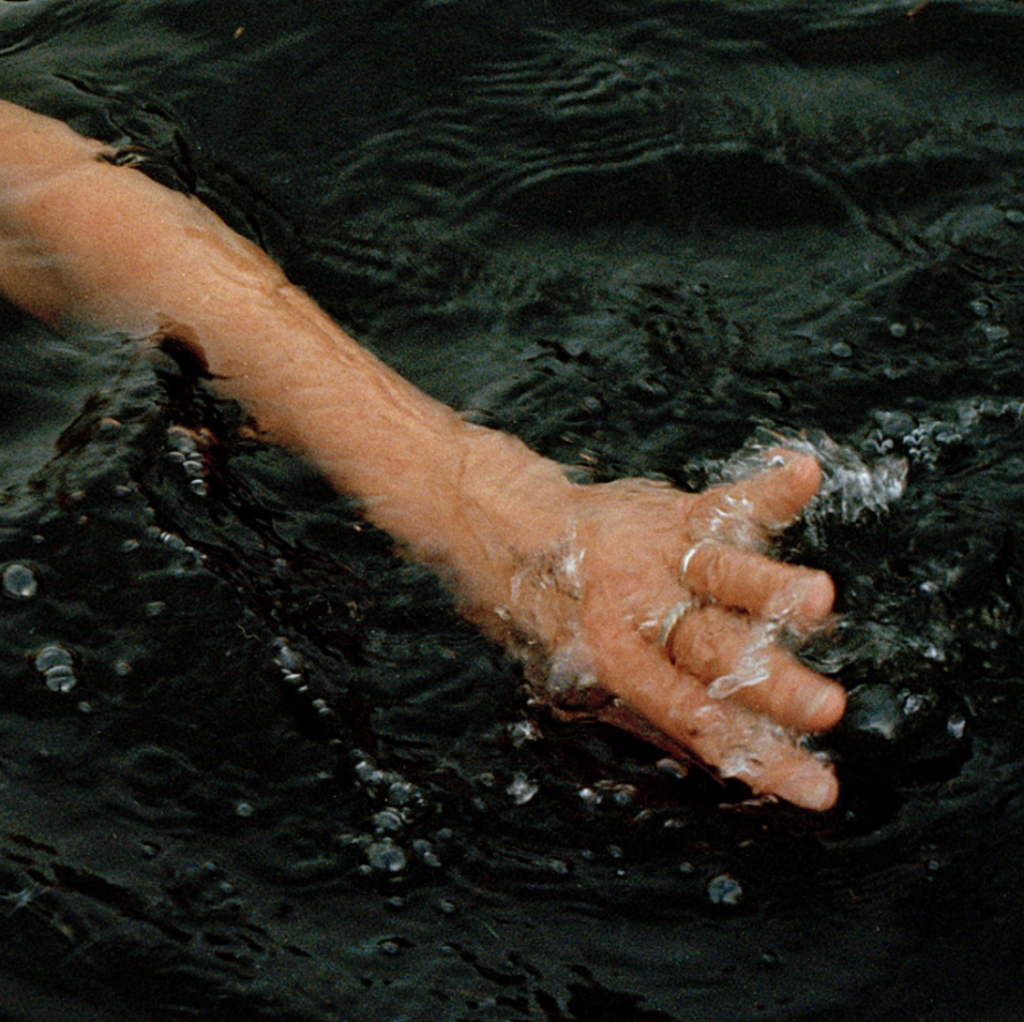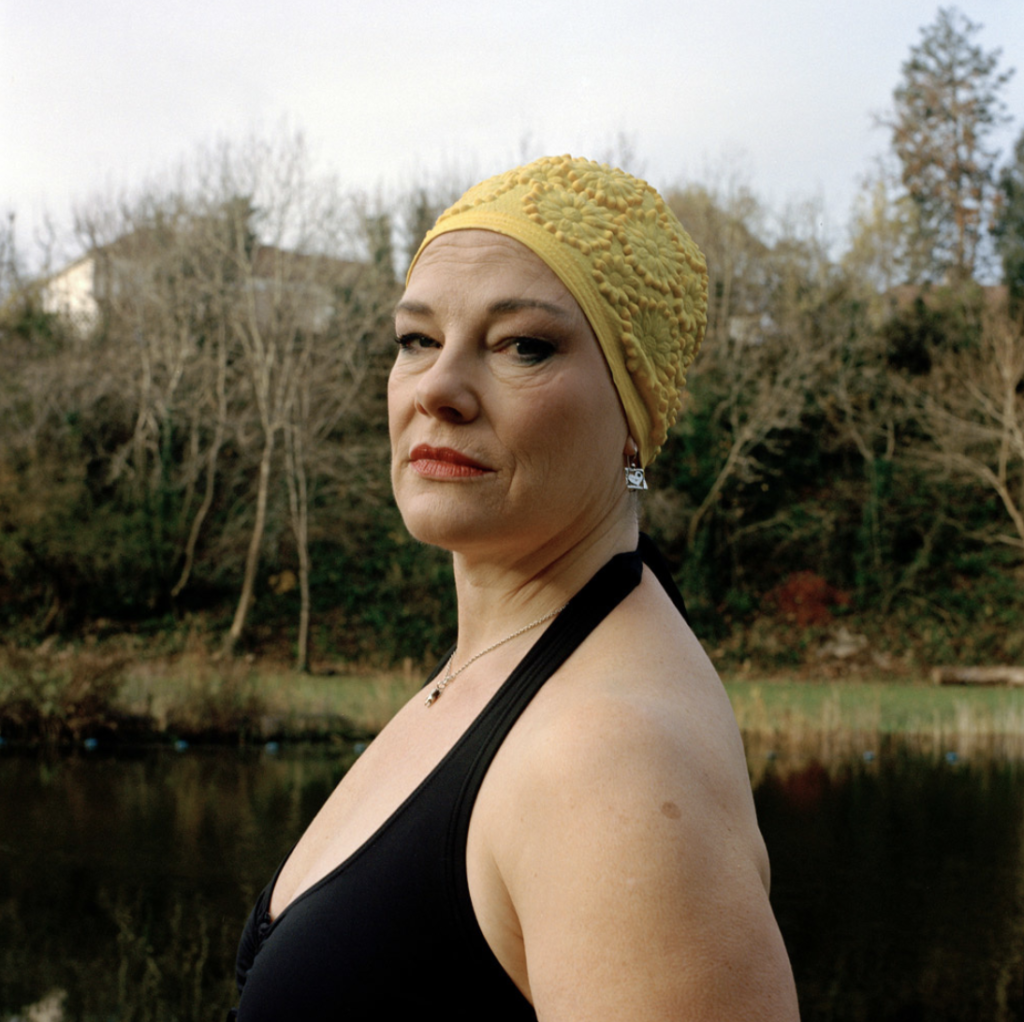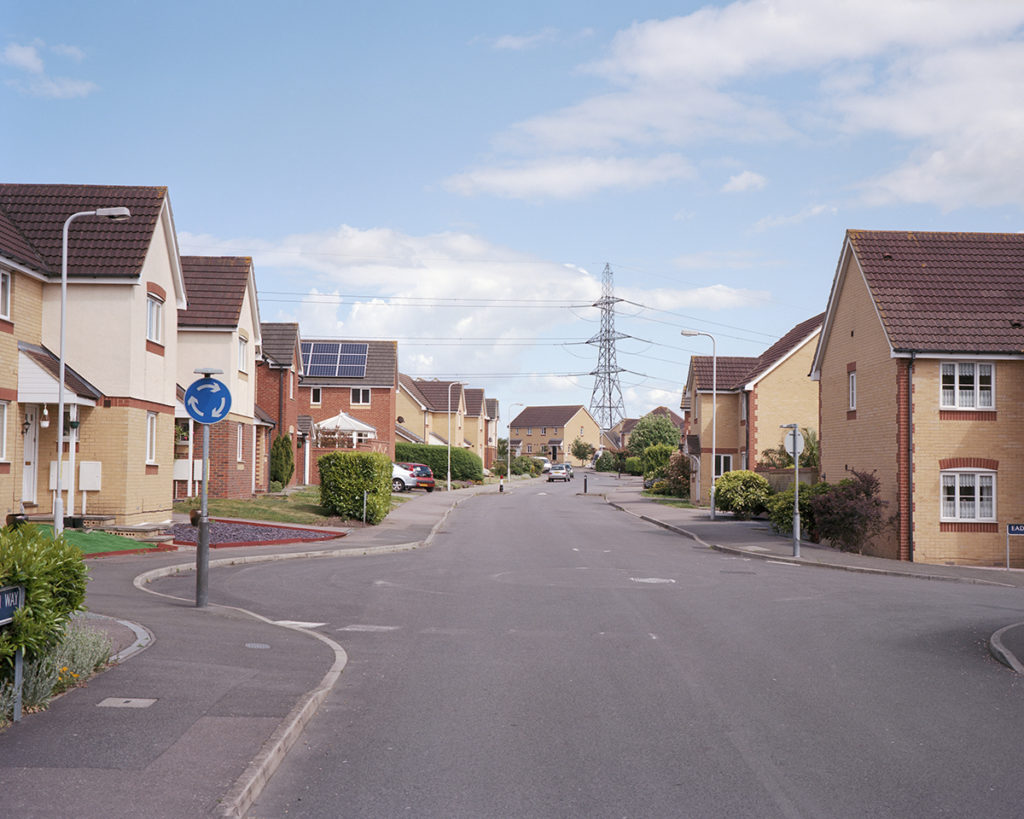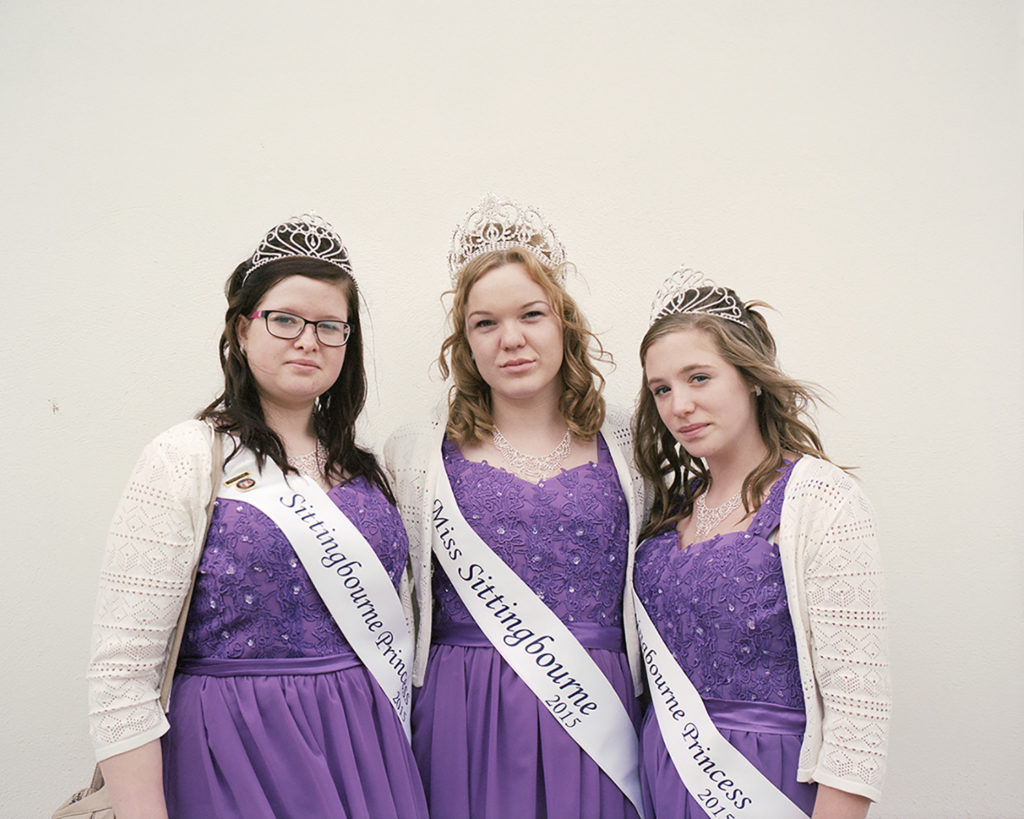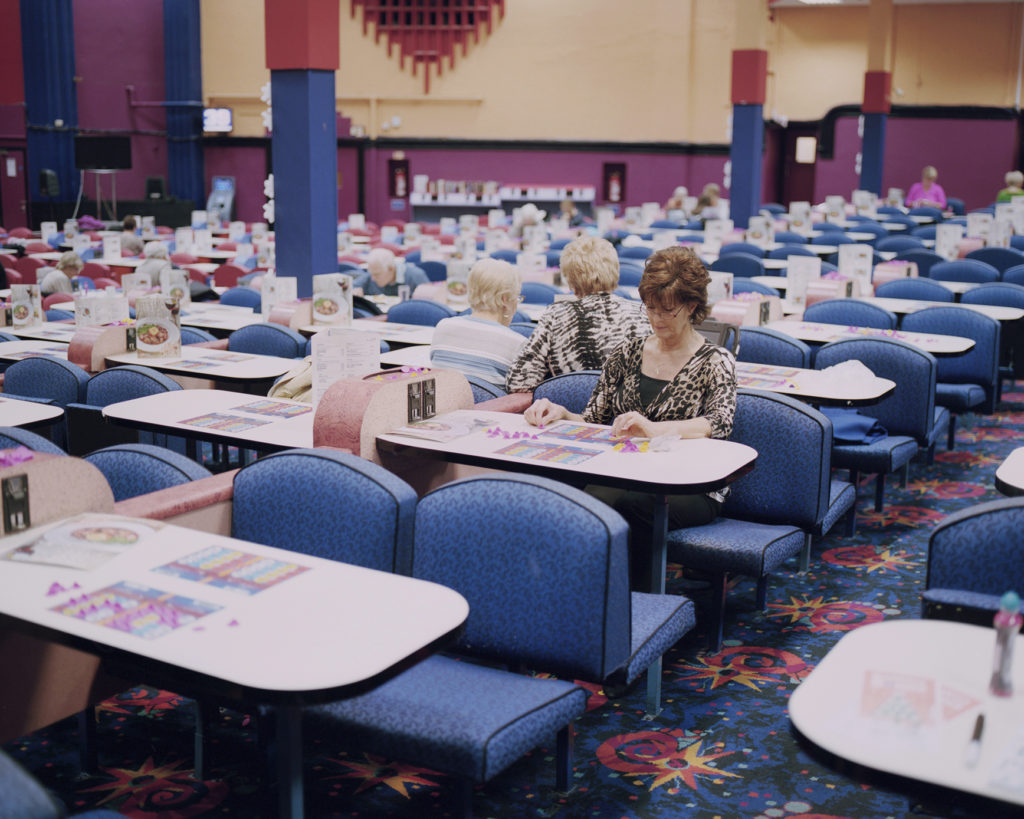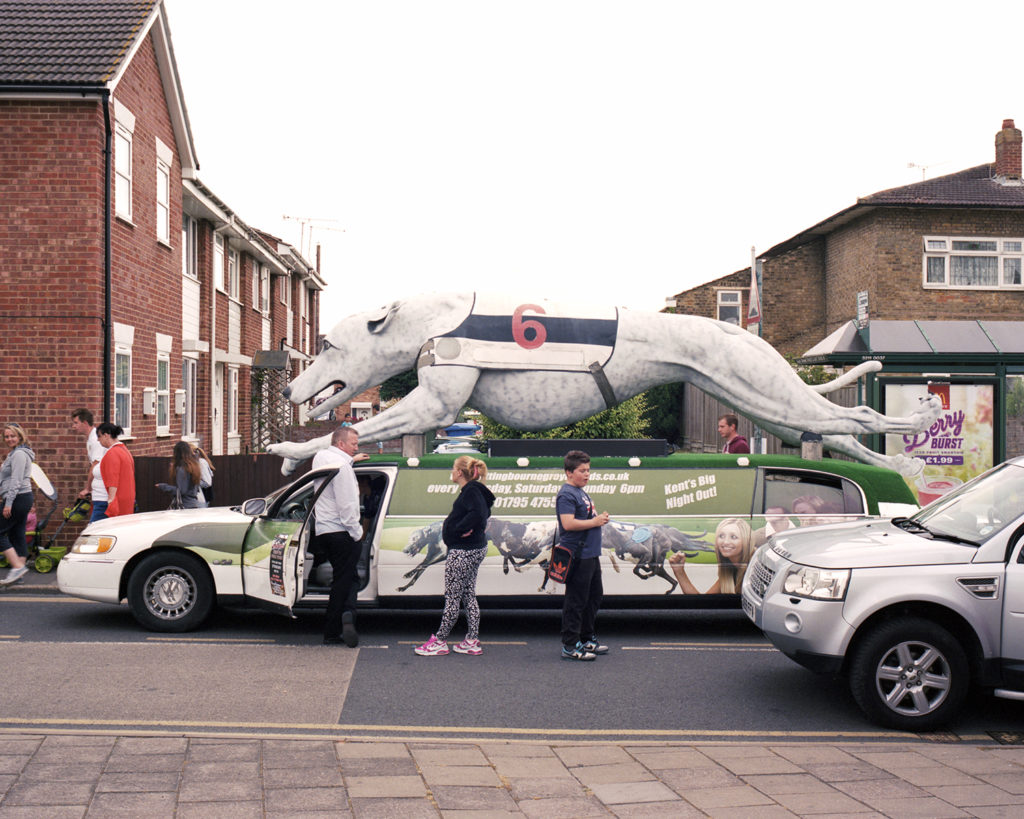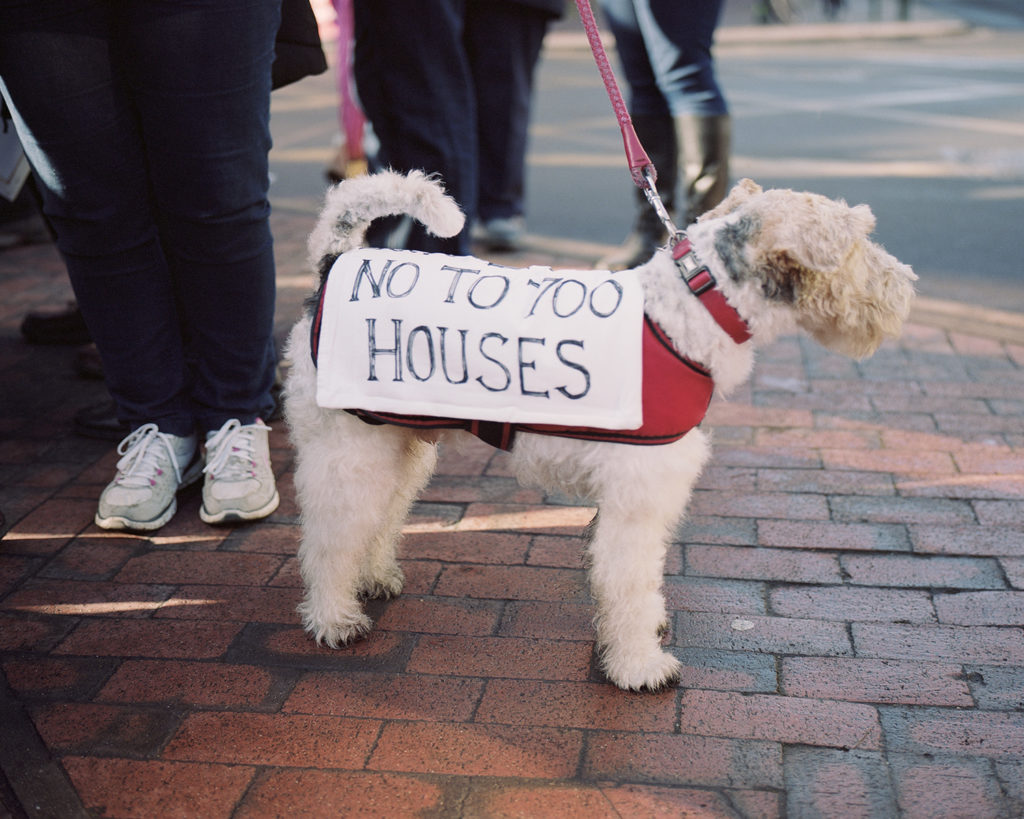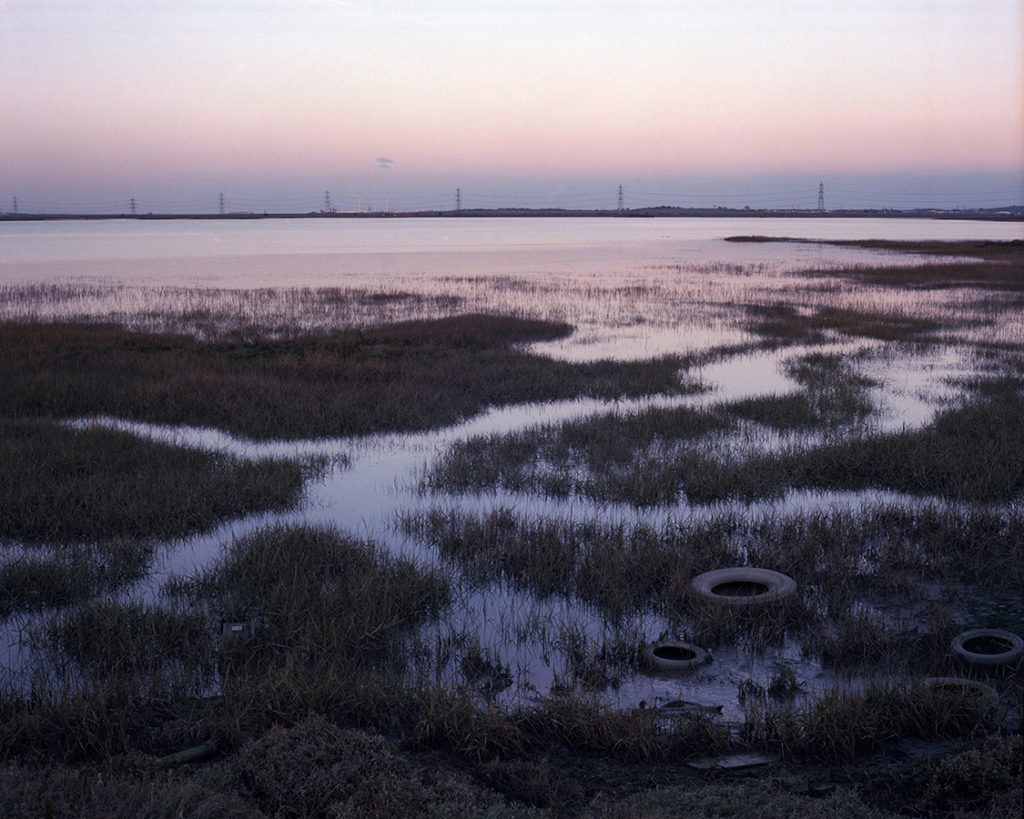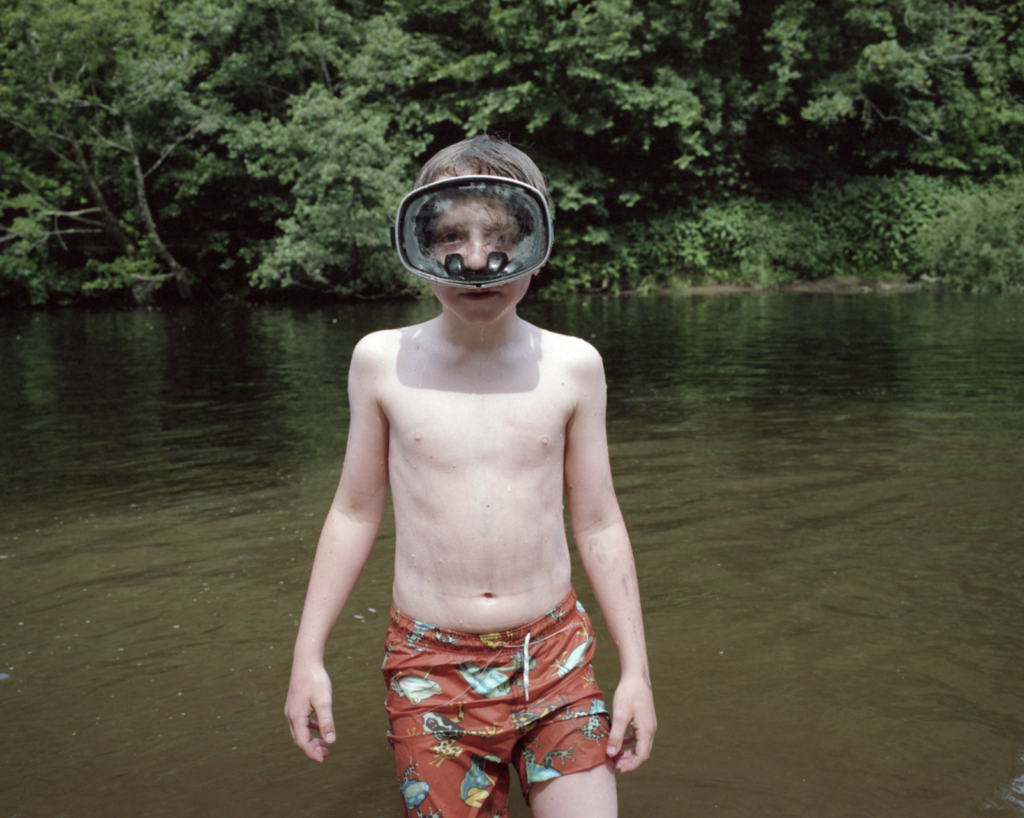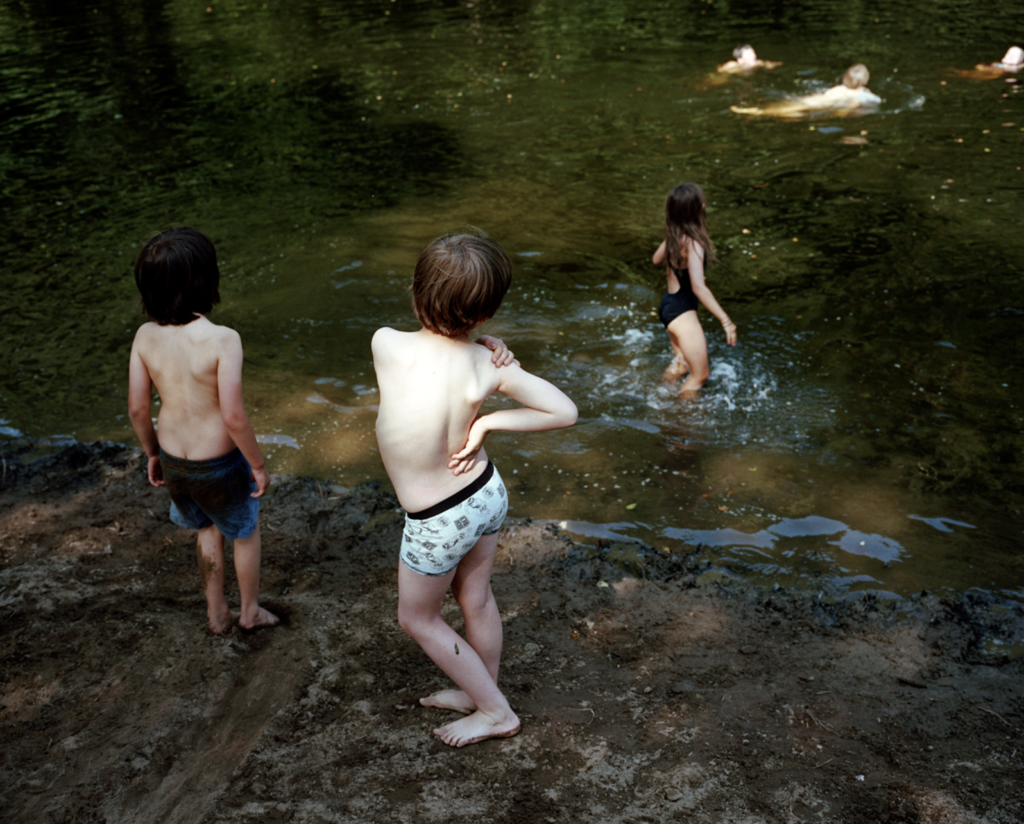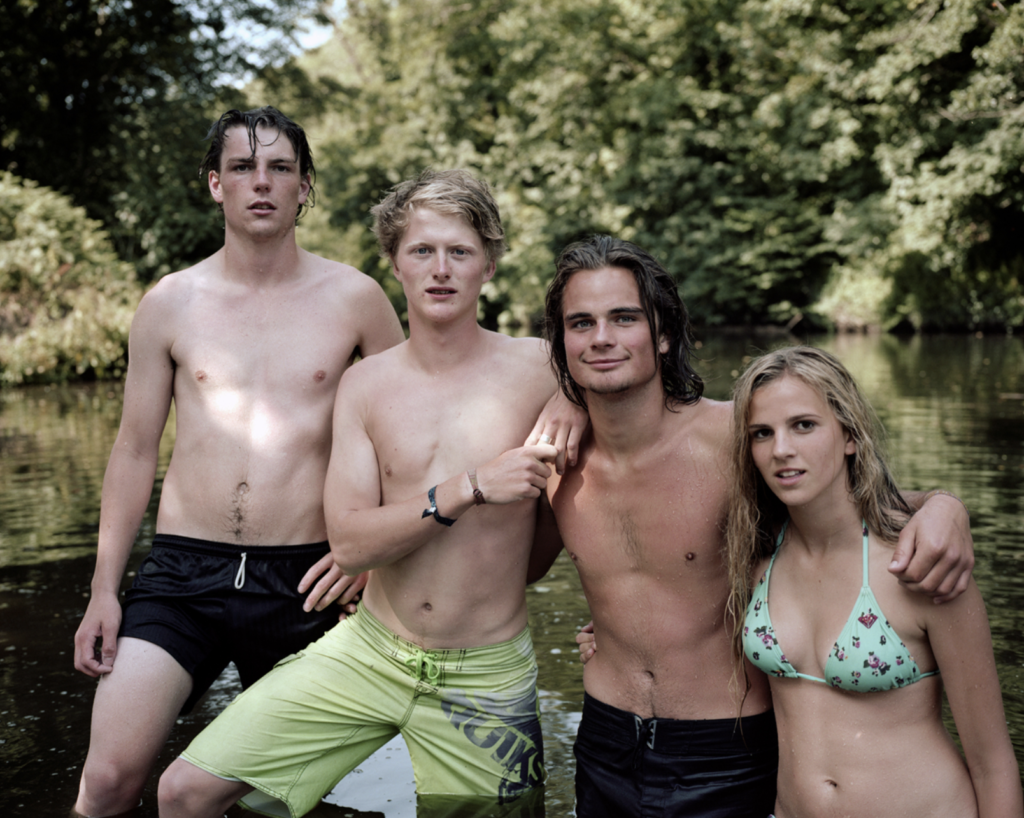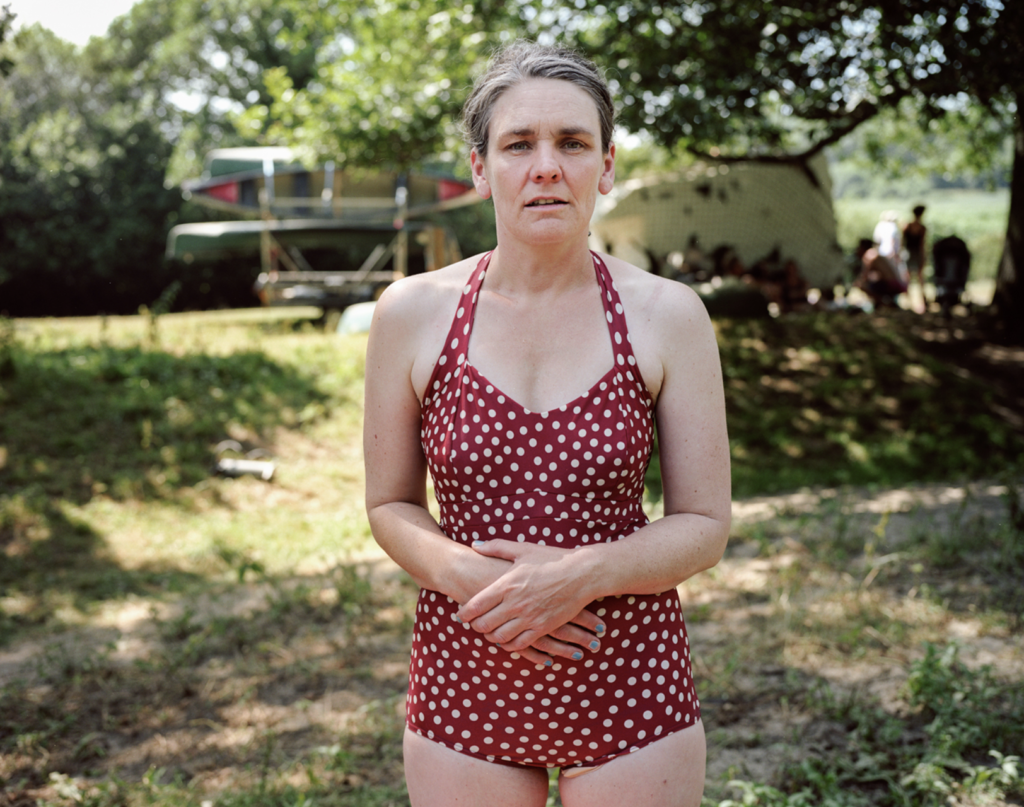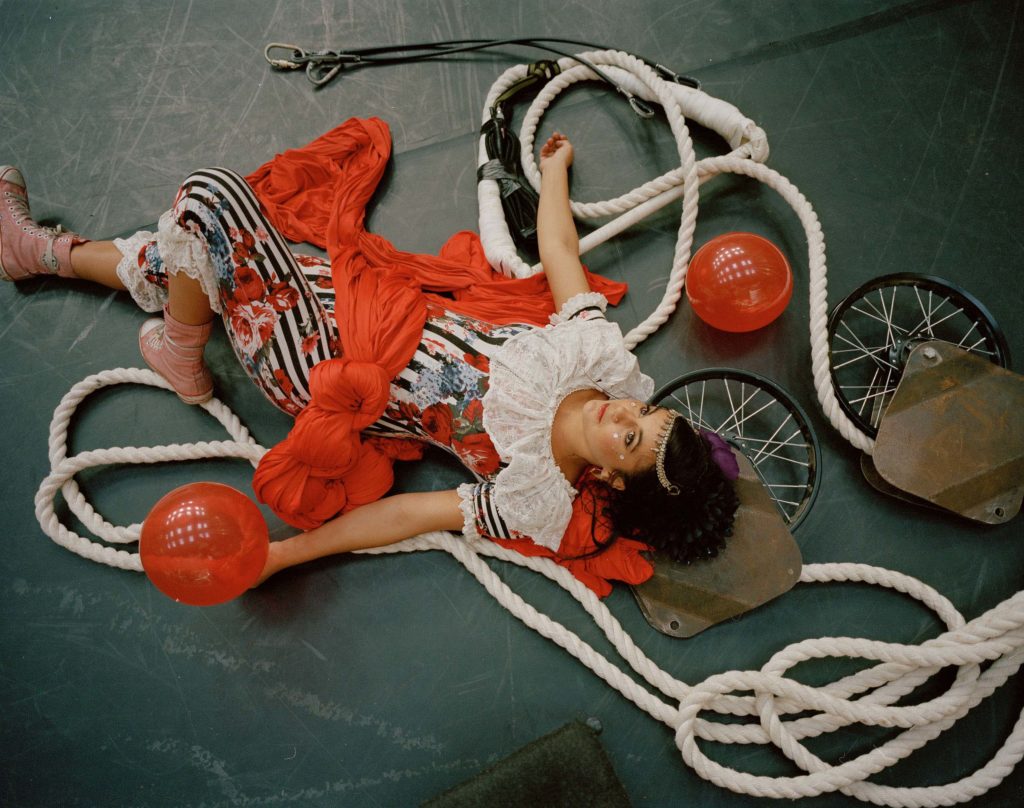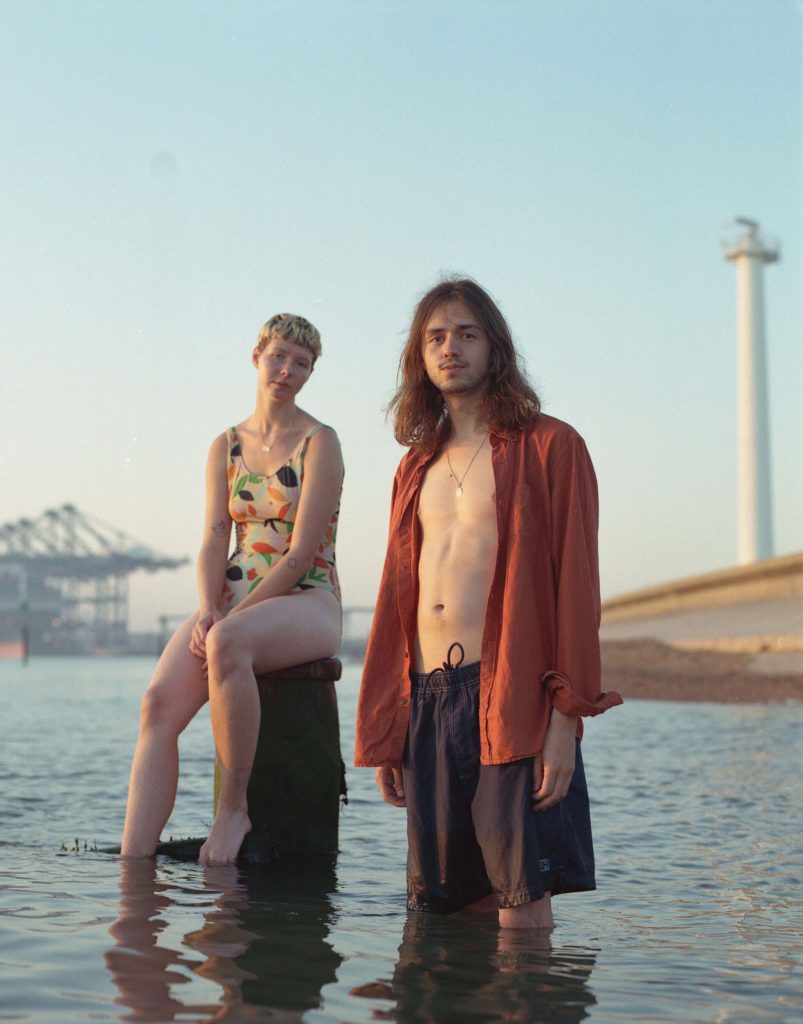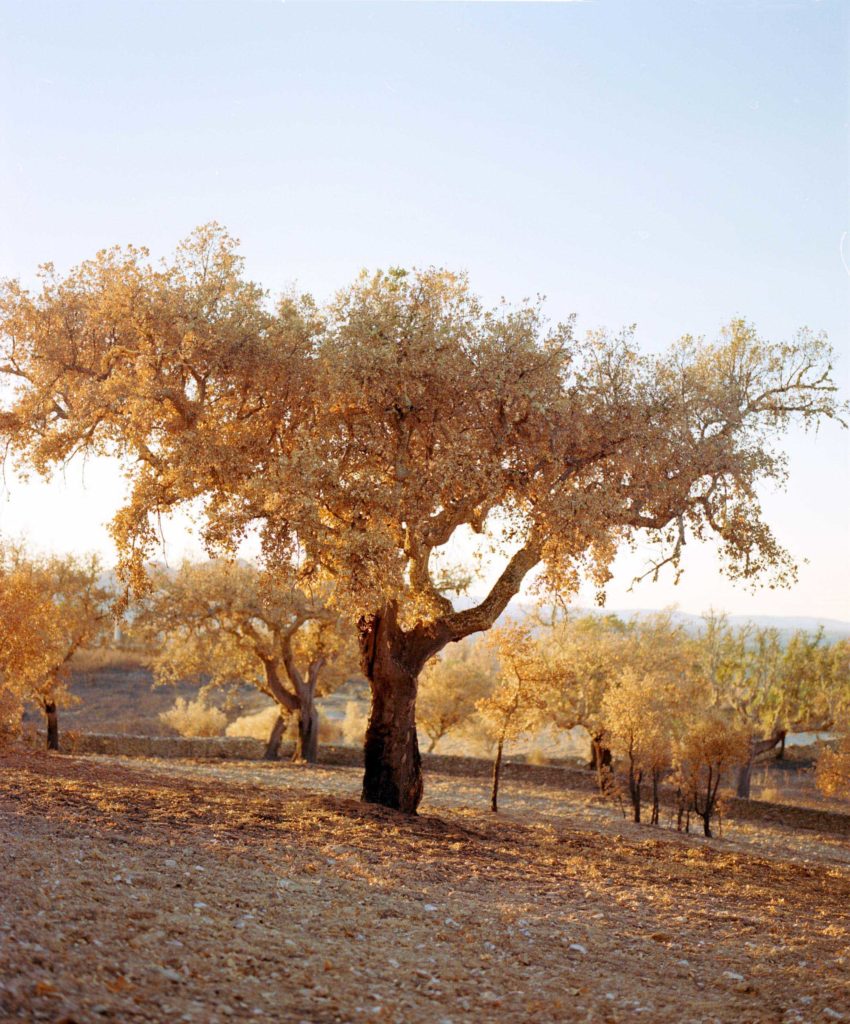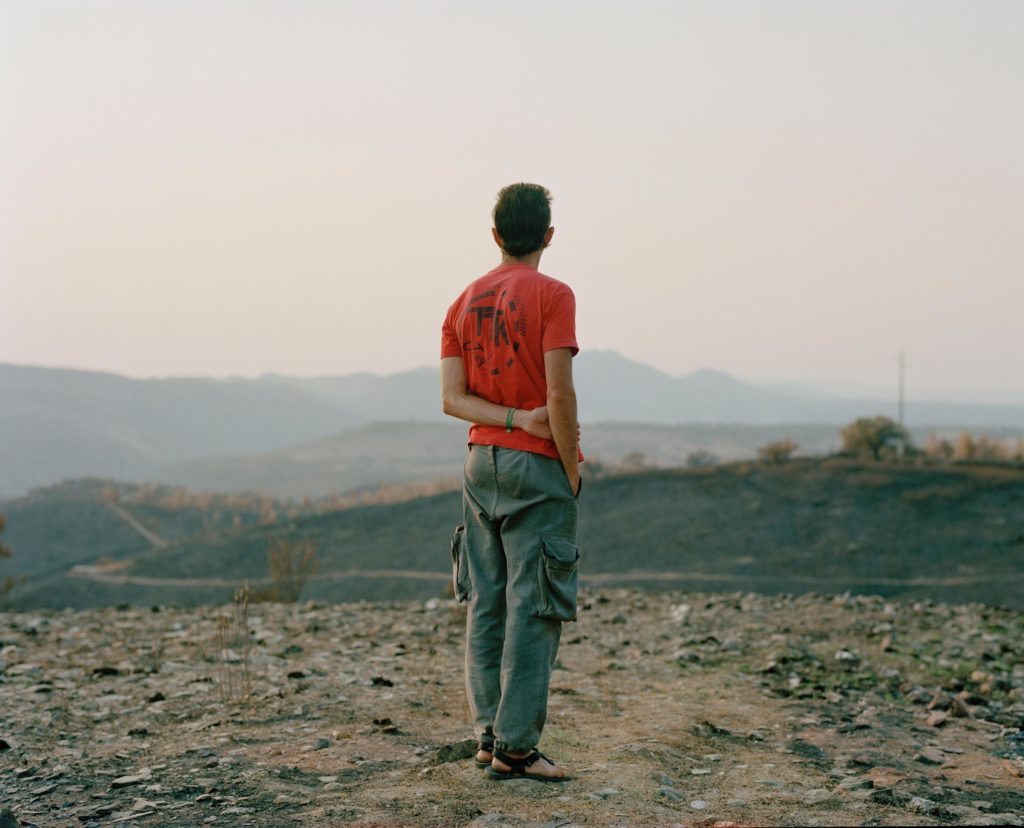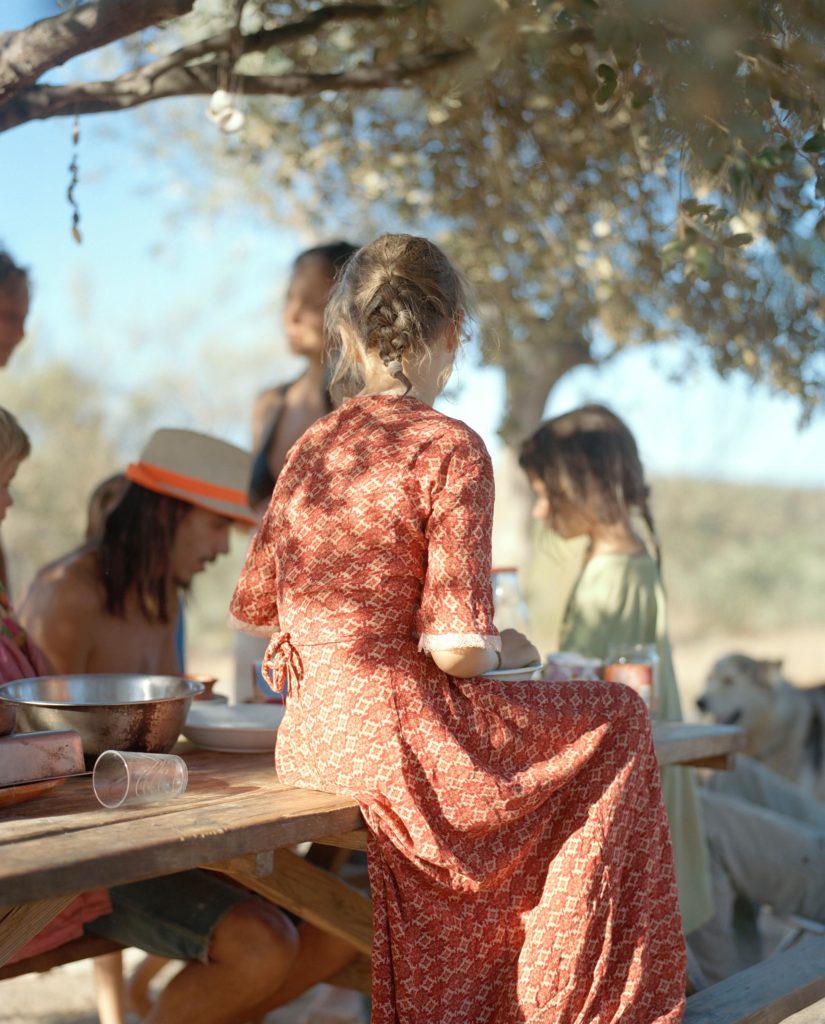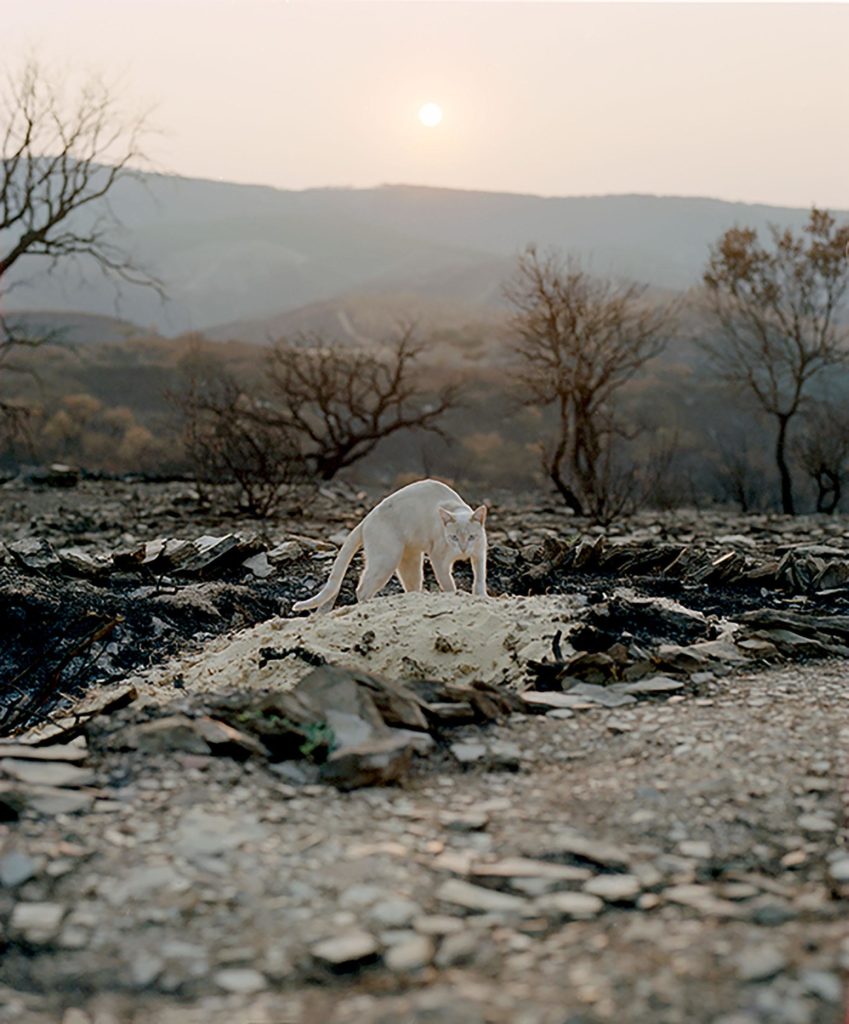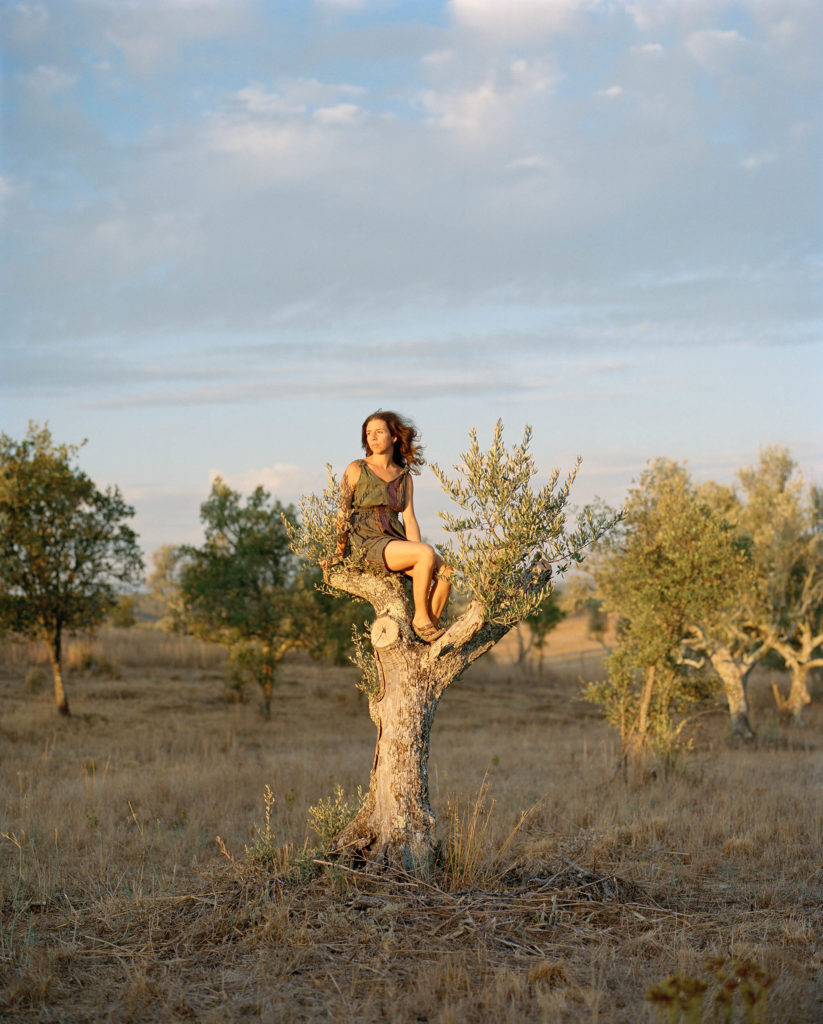Tenderness and for the love of Croydon with Ameena Rojee
This article contains image descriptions in the captions to help those with visual impairments.
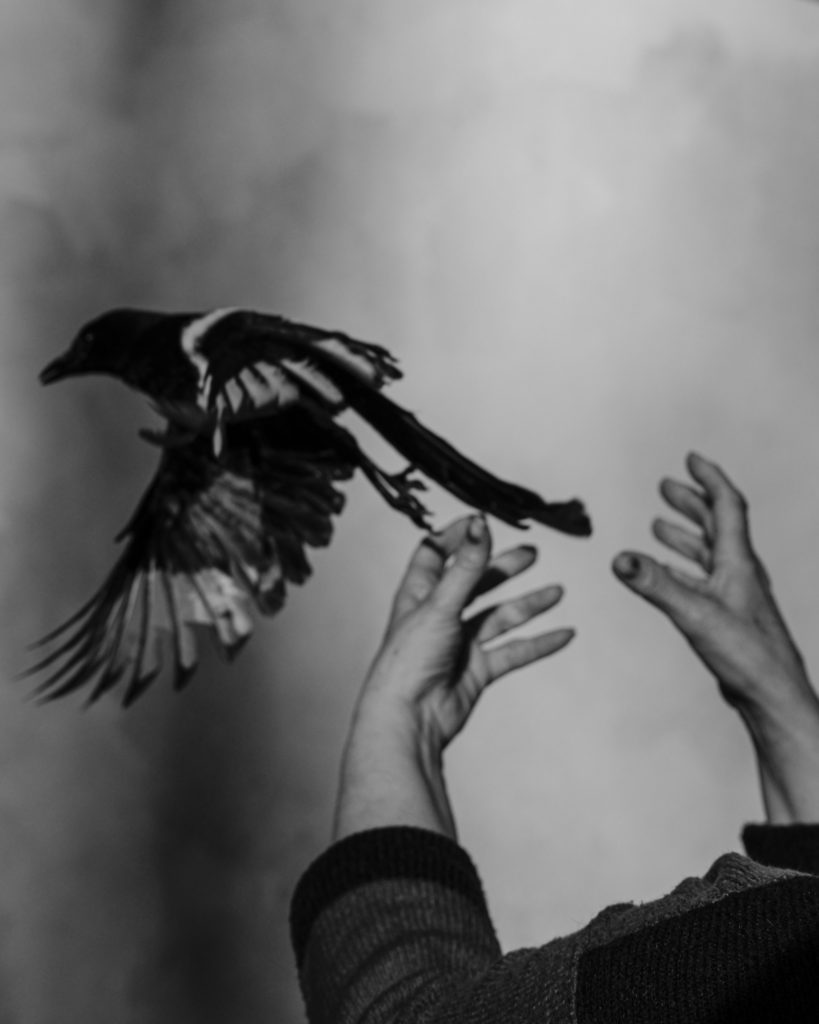
What excites you most about photography, and who or what is inspiring you right now?
So much about photography is amazing; the way you can immortalise a moment and pause time, the way you can reveal something new to yourself and others - something that they may have not noticed otherwise. Being able to do that with people, and showing them something that they never saw in themselves.
Inspiration has been low recently. Lockdown has made it really difficult for me to focus on anything, but I’ve noticed while stuck at home all this time how much the weather affects my mood and inspires my work. I feel super British saying that, but it’s so obvious when I scroll through my Instagram feed; when everything is colourful and pink is when the weather has been good. When it’s black and white and dark is when the weather is shite. A bit like being able to track big life changes through your old music playlists.
I’ve been generally stepping back from looking at photography during the past few months - way too much time on Instagram I think - and looking at other forms of art. One new thing I have been trying during lockdown is printmaking, specifically lino printing. It’s been incredibly fun and refreshing to try something that lets me use my hands, something I’ve really missed since becoming a photographer. I’ve also been enjoying curatorial feeds - WOMENSART, Stephen Ellcock, Folklore Thursday.
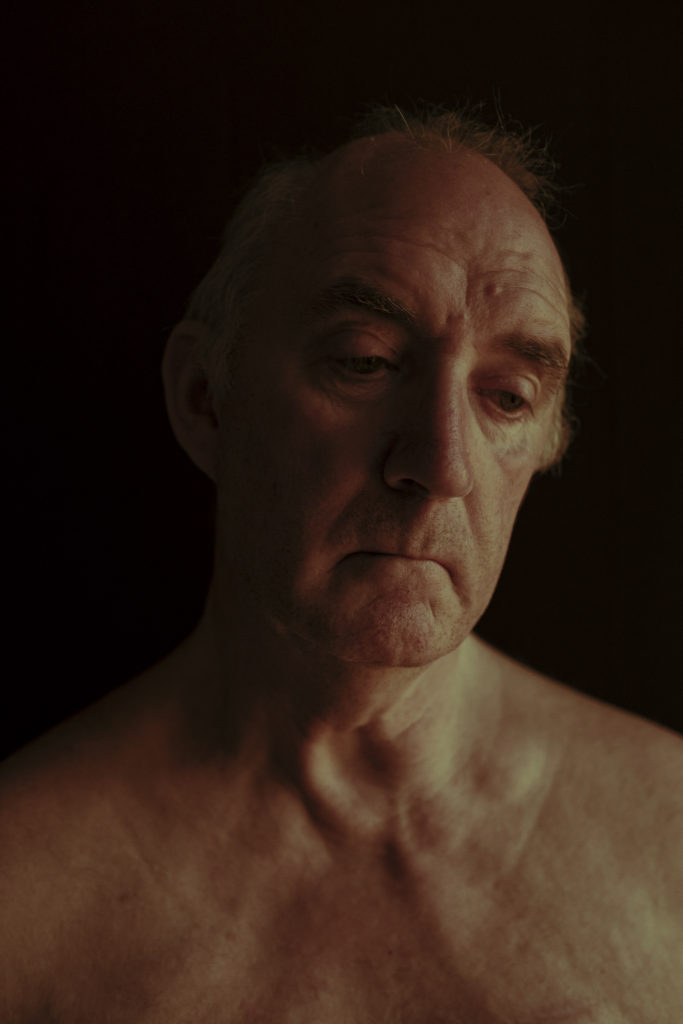
Your ongoing collaborations with Tim Andrews have developed over a long period of time, and most recently has led to photographing him remotely during lockdown. Can you tell us a bit more about first working with him four years ago up until now, and how your relationship has developed?
It’s been a really interesting collaborative relationship and Tim has become something of a muse for me; a somewhat subversive artist/muse pairing. Each collaboration has been incredibly important; I always learn something new about my work, my practice, where I want to go with both - or where I don’t want to go.
I first came across Tim when he did a talk during my second year of university about his project ‘Over the Hill’ in which he was the sitter and he invited numerous artists to photograph him. In the end I think there were over 400 photographers. Not long after this, he asked to work together. It wasn’t until 2016 that we managed to actually get a date in. By that time, I’d already graduated, had been working in marketing at a fine art print lab for a couple of years and had just left to go travelling and get back into photography, since I had not really made any new work during that time.
When I photographed Tim for the first time, it was during a time of personal change. That shoot was a significant catalyst for where I am now and the way I work. At the time, I’d thought that fashion photography was where I was heading, but after one test shoot, I realised how much I disliked it. When I photographed Tim, I realised it was people that I was interested in.
We’ve met up and collaborated mostly every year since. Our most recent collaboration was via webcam. Though I enjoyed it, I found it challenging; you lose so much of the social aspect, the subtle movements you can observe when someone is physically sitting for you. The resulting photographs were unexpectedly moving though. This time I learnt the lesson of not discarding something before trying it. I saw all these trendy webcam shoots happening and I was so hesitant to have a go. I didn’t think I could really make anything of it. A surprise then that these webcam portraits of Tim are some of my favourites. The low quality, which I was worried about and tried to improve later, in fact added so much character with the noise, grain and blurriness.
Knowing that he stopped working as a lawyer after being diagnosed with Parkinson’s, tenderness, frustration and self-reflection all feel present in your images of Tim. What was the dynamic like between you when photographing him? Did you share the creative input between the two of you, such as in the Renaissance-esque picture of Tim in the church crypt for instance?
For sure, when I photograph Tim it’s always a collaboration between us. The dynamic is always very casual though, natural reactions to the space we use and each other, constantly bouncing ideas and suggestions and we usually throw some ideas around beforehand so we have something to aim for.
During our first shoot I was still very new to photographing people and I was nervous, so I was happy for Tim to take the lead on some things. Now, I actively try to do this whenever I’m photographing people - for me, portraits work better when it’s a relationship between photographer and sitter, when you feed off each other and bounce ideas around. Especially when the sitter is not creative, sometimes they see something I don’t or would never usually try.
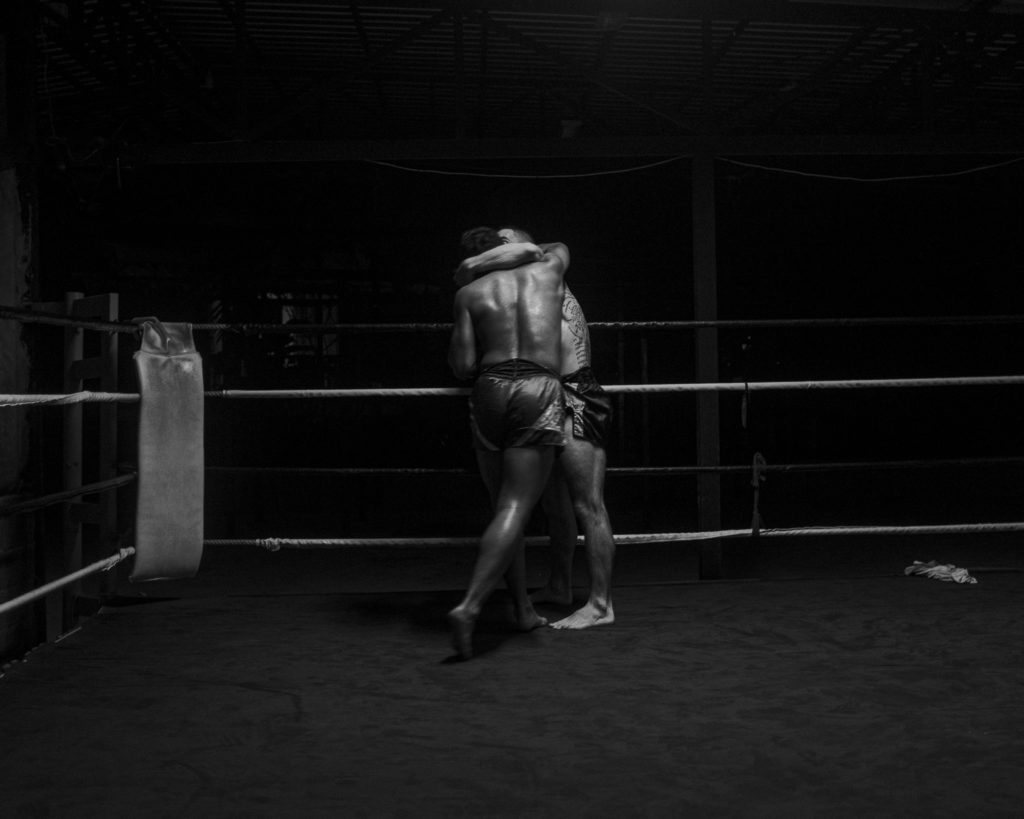
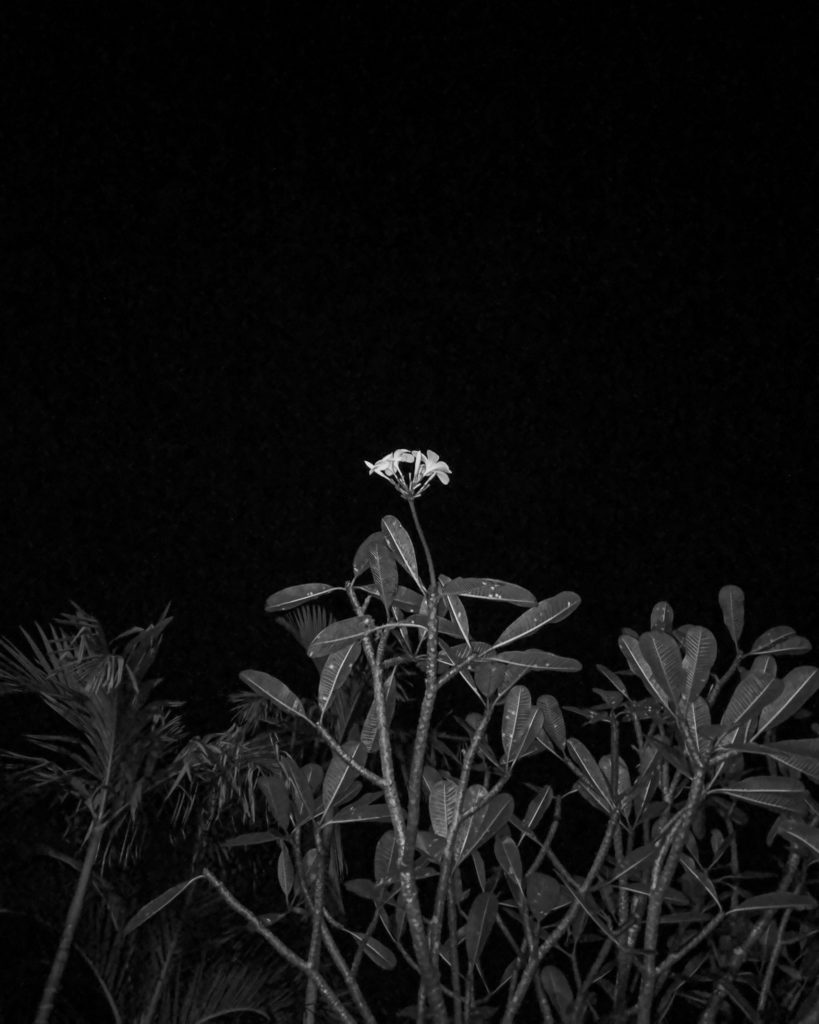
I remember reading recently about your project Eight Limbs (which looks at a Muay Thai gym in Thailand), that at first the work didn’t feel quite right. That was until you accidentally converted an image into black and white. The series feels very succinct and there is a quietness to your subtle observations, which I imagine is in contrast to the energy and heat of that environment. How long do you ‘sit on’ a project before it feels ready?
This is a really good question, and something I’ve been struggling with a great deal. I don’t know if this is influenced from the culture of school/university deadlines, but when working on projects I feel so anxious about getting it all done and dusted as soon as possible and it stresses me out if I leave it too long - but I’ve realised now that I’m very slow when it comes to project work, and I’ll sit on a project for quite a while. Eight Limbs took me just over a year to work on and publish - it was photographed in late 2018 and released in December 2019. I have a project that I photographed the month before Eight Limbs and I still haven’t released that. I have a huge project that I am super excited about, that I photographed March to May last year, and I haven’t even begun to work on it yet because I’m trying to get this other one out first.
It’s driving me up the wall, but I’m starting to accept and realise that it’s not really important that I haven’t got it all done and published and out there before this fake one year deadline I seem to have given myself. Personal work takes time, and sometimes it takes a long time. There’s a worry that the work will be irrelevant the longer I leave it, but someone recently mentioned to me that if the work is important to me then it will always be relevant, and I really needed to hear that.
So it seems that even though the projects I do aren’t “long-term” themselves, I do need to sit on them for a while and just let things brew before I feel ready. I think the important thing here to note though is that there’s no “should”. Do what feels right and good for you.

It seems as though you have been creatively active during the pandemic, and your lockdown diary has many beautiful observations found in your locale. There’s a slight feeling of uncertainty and an anxious edge to the work, which resonates with how many have felt during this time. How have you been affected by the current situation, and has being creative helped?
Well, I’m glad it seems that way! I feel the complete opposite, that these past few months have flown by and I’ve done absolutely nothing and I am in fact a slug disguised as a human.
A lot of what I talked about in the last point about being anxious and stressed is partly because of the current situation; I know so much better than to pressure myself to just “do” constantly, but it’s difficult to get out of the mindset. Lockdown has been challenging because I feel like I’ve had so much time to accomplish stuff - I think the first week I put down on my to-do list to finish the multiple previously mentioned projects before May (ha!) - and it really feels like I haven’t, even though I know I have.
Aside from one shoot a couple weeks back, I haven’t had any photography work this whole time and I’m also having to turn jobs down because I can’t justify the risk. Having this little diary, documenting the space around my house which is pure creativity for the sake of enjoyment, has been essential while I’ve not been able to do any of my usual work.
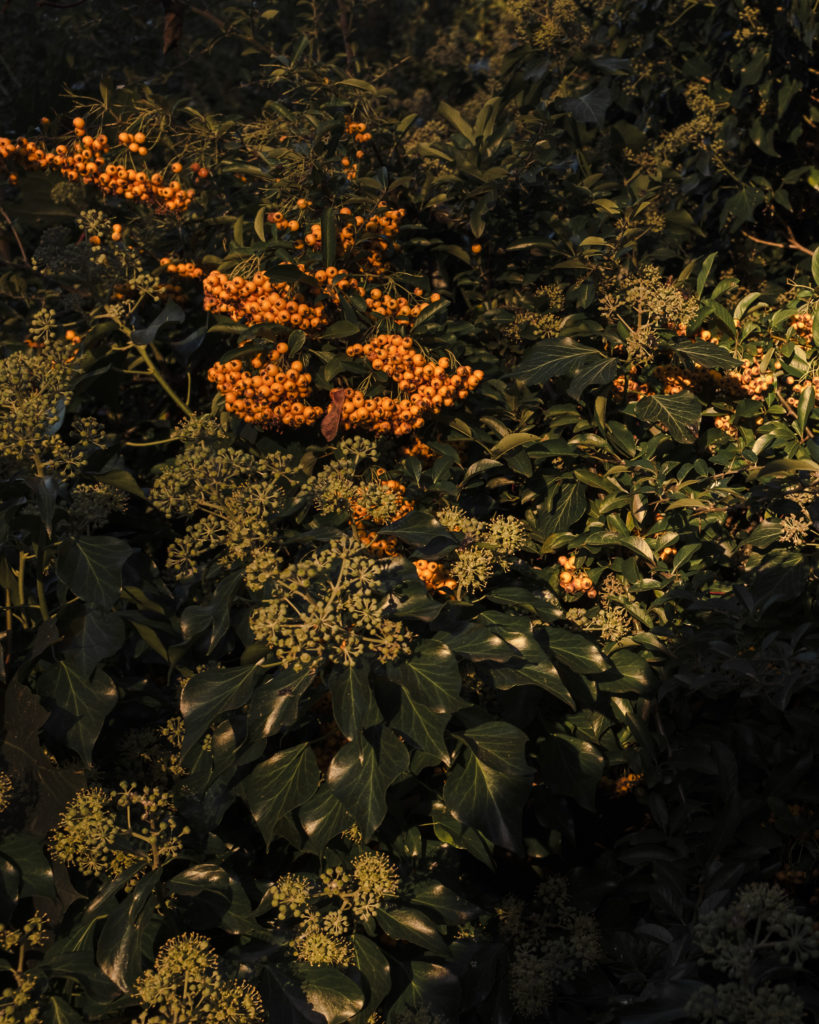
You have just released a zine available for preorder with Another Place Press. Could you share a bit more about A Love Letter To Croydon and your motivations for the project?
If you know London, you’ve probably heard of Croydon and its terrible reputation. Ask almost anyone and they’ll tell you that Croydon is a pit; an ugly, concrete mess with deluded aspirations of wanting to be its own city, “not to mention the crime”. Some of this is earned, though no more deservedly than most other London boroughs, yet Croydon is the most reviled of them all.
I’m born and bred in Croydon, I grew up here and I still live here. I’ve seen and experienced this place in all its many personalities, good, bad and ugly. The thing about Croydon, however, is that it’s also full of incredible beauty: in its abundant green and natural spaces which many don’t know about, its melting pot of people, culture and characters, and in the easily missable everyday moments.
Over the years, I’ve made many photographs of this place I call my hometown - commuting to work, heading home after a night out, just wandering around... and I built up something of an archive that shows an unseen side to Croydon; a beautiful, delicate, poetic side.
The wonderful Another Place Press has published a selection of my photographs from the last five years or so as a zine. If you fancy a copy, check it out here.
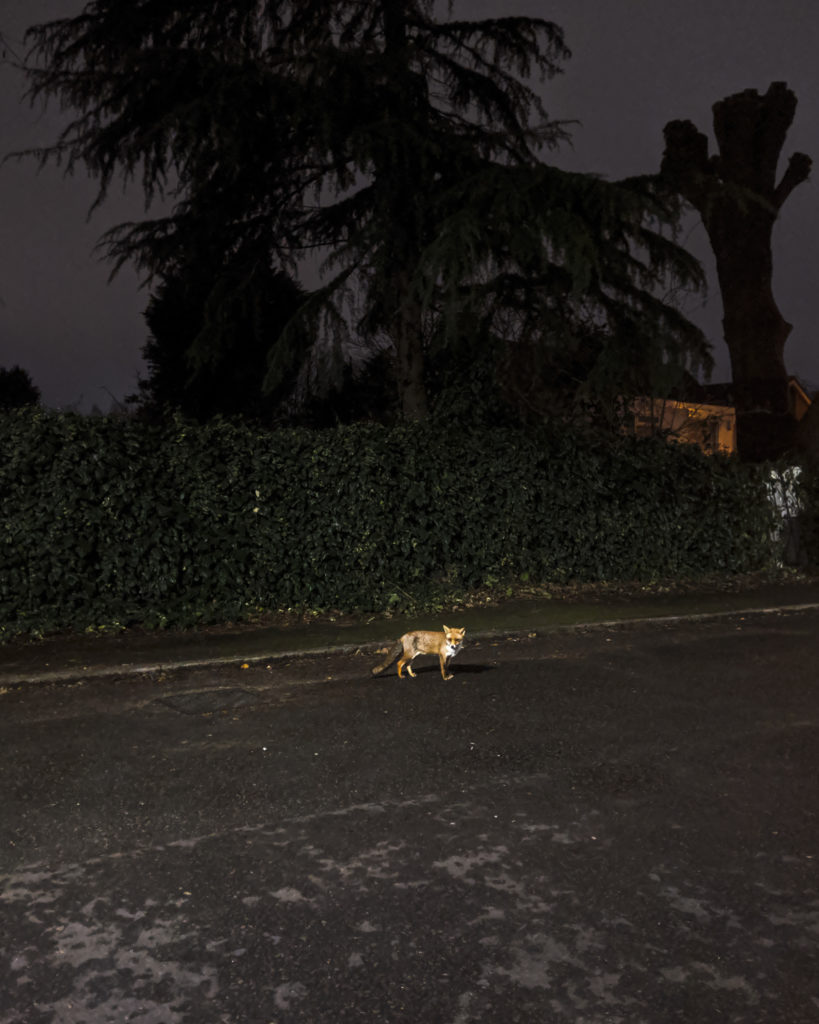
A love letter to an area of London probably means you like living there! Do you think other creatives who do not live in the capital are at a disadvantage?
So I actually wrote about this a few weeks ago in #NotesOnFreelancing (my newsletter all about freelancing as a creative/photographer). While I have made this love letter, I did it because I’m protective of my hometown and really it’s quite petty of me - my way of providing an alternative view of the place.
In reality, I’ve been ready to move away and move out of the city completely for a while. In fact, if one or two things were different, I’d have probably moved already. Having been here forever, aside from a few years away at university, I’m pretty tired of it. London’s great in so many aspects, but the downsides have become too much for me and there are many of them. You can probably see from my work that I simply enjoy being outdoors, and I love the idea of living somewhere remote, wild and quiet.
However, I’m so lucky to have had this privilege that many others won’t have. The issue is that the creative industry has always been so London-centric and there hasn’t been any genuine attempt to change that. Until now, when we’ve all had to switch to a more remote way of working and socialising. It’s been interesting to see how things have had to adapt, and I think there are questions about how this kind of accessibility was always possible. It’s my hope that things won’t go back to normal after this, and this accessibility will stay and become the new norm.
So, it is a challenge when you don’t live in this London bubble, but I don’t by any means think it’s impossible and there are those who make it work for them. For me, my surroundings are so important and they have always been a huge influence in my decisions: where I went to university, where I go travelling or for fun, where I choose to work… and now that the cons are outweighing the pros, I know my time in London is coming to an end.
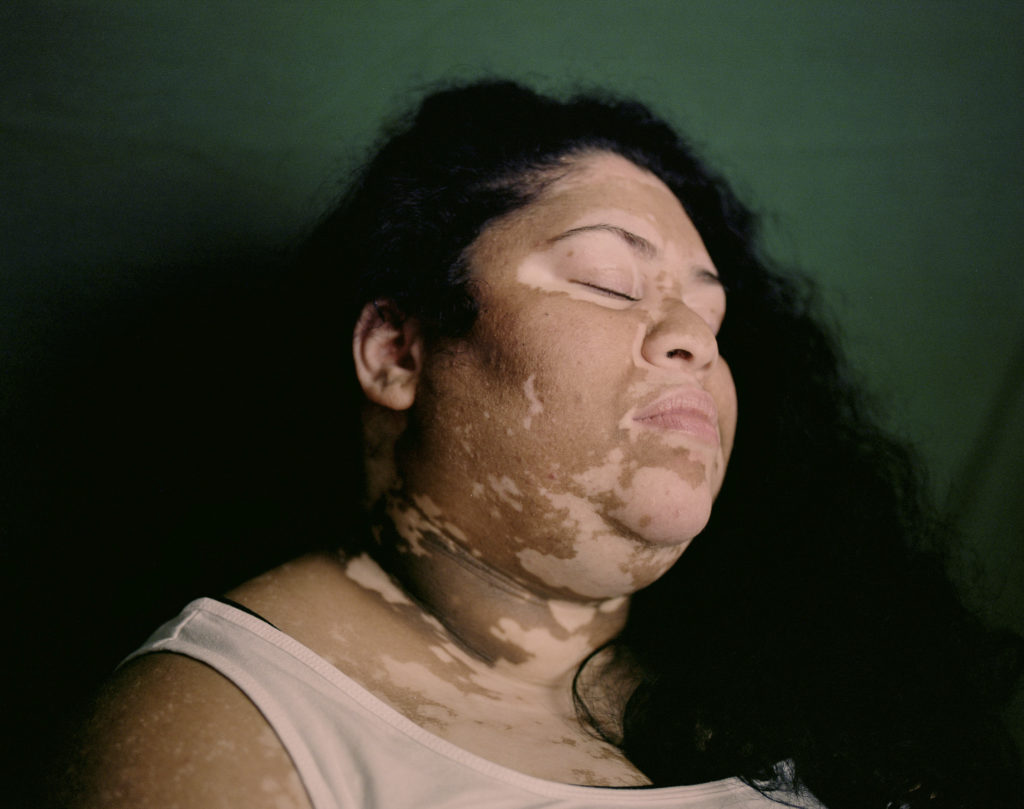
As well as working as a photographer, both on personal projects and commissioned work, you have experience managing campaigns for the likes of British Journal of Photography and theprintspace. Which side of the creative process do you prefer to work, behind the overall campaign or behind the camera?
I definitely love to be behind the camera, and it’s what made me realise that I was ready to go freelance when I did - I realised when working on those campaigns that I was more excited about being behind the camera and would imagine myself as the photographer and the work I would do.
Now that I’ve had some time away from it, though, and because of the current situation meaning I can’t go out and freelance as I was before - perhaps for the rest of the year if not further - I’ve been considering doing this again in a freelance capacity. It’s never a bad idea to create multiple income streams in any case!
What is next for you?
I haven’t got a bloody clue. I have a couple of personal projects to work on and publish, and a few solid thoughts in the ideas bank that I’ve started to work on. A locally based project that I can do safely during the pandemic, which is ideal, and another one that’s quite different from what I’ve done so far based on a wonderful book I read during lockdown.
Other than that, I’m not sure at all. I’m going with the flow and trying to adapt as I go - and it looks like I may have to adapt a lot. While I was really loving freelancing as a photographer and things were getting so exciting for me just before lockdown, things have changed and I may have to consider new avenues of work.
For now, I’m trying not to drive myself up the wall and bingeing Gossip Girl when things get a bit too intense 🙂
See more of Ameena's work here - https://www.ameenarojee.co.uk/
Interview with Josh Adam Jones, 2020.
Want to be featured on Darwin Magazine? Send us a link to your work here - submit@darwinmagazine.co.uk
Join our community and stay tuned for updates and opportunities here - www.instagram.com/darwinmagazine/
